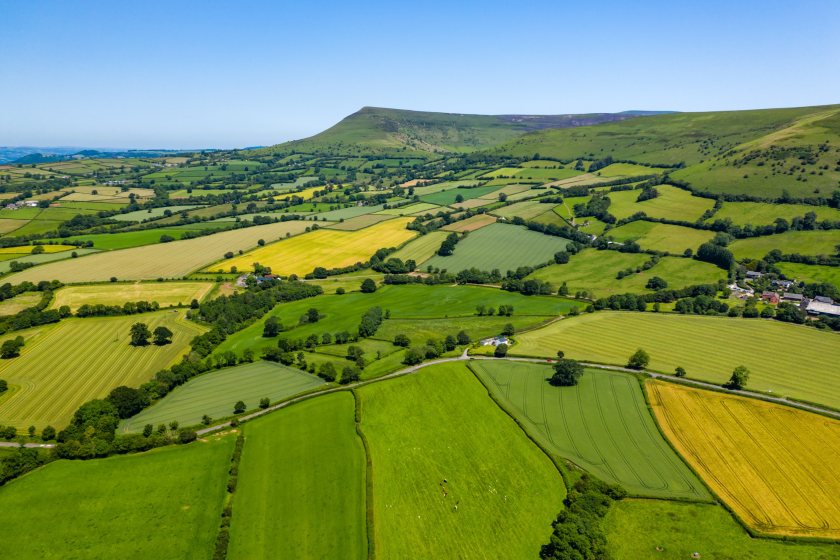
Average land values in England and Wales rose again in the final quarter of 2022 despite several months of economic uncertainty and political instability.
The seventh consecutive quarter of growth saw arable land reach £9,233/acre, an increase of 1.3% since Q3 the same year.
Pasture values increased at a slightly slower rate of 0.3%, averaging £7,472/acre, according to property consultancy Carter Jonas.
The firm said year-on-year growth had been decelerating since the start of the year, but still continued to climb at a moderate pace.
When compared to Q4 2021, average arable land values have increased by 4.5% and average pasture values by 4.3%.
“Longer-term growth remains strong across all types of land," said Andrew Chandler, who is Carter Jonas's head of farm agency.
"When annualised over a 10-year period, arable land has increased at a rate of 2.8% and pasture has grown by 3.5%.”
Prime land continues to be highly sought after, with year-on-year prime arable values rising by 6.1%, reaching an average of £10,961/acre across England and Wales.
“Prime arable land values continue to be bolstered by demand for quality domestic food production, arising from an expanding awareness around sustainability, health and nutrition,” Mr Chandler said.
Natural capital investors have driven lesser quality hill and upland values up substantially, rising by 23% in the 12 months to Q4 2022.
Average lifestyle land values also saw significant growth, rising by 5.0% to reach £15,792 –the highest level ever recorded by Carter Jonas.
A robust 10-year annualised growth rate of 4.4% for lifestyle land was driven predominantly by substantial growth in the South East and West Midlands.
These regions saw 10-year annualised growth rates of 7.3% and 7.4% respectively.
Mr Chandler said there had been sustained positive market sentiment despite the economic and political turbulence towards the end of the year.
“There are still sizeable obstacles that will challenge the sector in 2023, notably changing subsidies, the increased cost of borrowing and the impact of prolonged input price inflation.
“Yet a steadier political backdrop and sustained demand from an array of buyers is likely to inspire confidence and benefit land values across England and Wales.”
Although supply is below longer-term averages, there were 10,435 acres of newly available land to the market in the final quarter of 2022 – an increase of 16% from the third quarter.
“Historically, low levels of available land coupled with a growing range of purchasers has helped to maintain pressure on agricultural land values across England and Wales,” Mr Chandler said.
“Debate continues to intensify about how to balance the dichotomy of land being taken out of food production for environmental purposes and a need for domestic production.
“Over the coming year, this will serve to keep the agricultural land market tight, with innovation and bringing land back into production from other non-agricultural uses increasingly necessary in the medium term.”
The rise in interest rates and subsequent surge in the cost of finance will pose a challenge to the market over the coming months, but Mr Chandler is optimistic that land values will remain strong.
“Businesses and individuals have become less inclined to borrow across all property asset types and those with debt will experience decreased liquidity,” he explained.
“Yet, the prominence of cash buyers and rollover funds in the market is likely to mean that land values are less exposed to increasingly expensive debt.”
